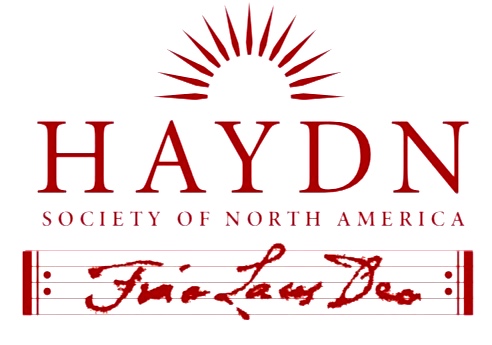
Article Title
Document Type
Article
Abstract
Haydn’s early string quartets have been receiving more scholarly attention than previously within the last decade. Whether they treat these works as part of larger discussions of the entire ouvre of Haydn’s quartets, or as the focus of studies in their own right, scholars have recently been willing to break from the traditional focus on quartets beginning from Op. 33 and allow for deeper engagement with the early quartets on terms more broadly conceived. This study aims to add to the growing body of knowledge on Opp. 9 and 17 by demonstrating how the first movements of Op. 9 no. 1 in C major, Op. 17 no. 2 in F major and Op. 17 no. 6 in D major each employ the minor mode at analogous moments in the exposition, with a disruptive effect on both the harmonic progression and the emotional register of the music. The impact of these modal digressions is analyzed, as they lead to climactic moments of fixation on a dissonant sonority. This momentarily freezes all four voices of the ensemble in a chromatic harmony that lends an expressive, at times even eccentric, character to the tonal drama. Thus important musical moments are uncovered, which have mostly gone unnoticed due to a general lack of emphasis of the early quartets as serious works. This approach opens up new avenues to understanding of the harmonic and expressive capability of Haydn’s approach to sonata form.
Recommended Citation
Birson, Adem Merter
(2014)
"The Use of Minor Mode and Playing with Sonority in the Expositions of Haydn's String Quartets, Opp. 9 and 17,"
HAYDN: Online Journal of the Haydn Society of North America: Vol. 4, Article 1.
Available at:
https://remix.berklee.edu/haydn-journal/vol4/iss1/1
© Haydn Society of North America ; Boston: Berklee Library, 2014. Duplication without the express permission of the author and/or the Haydn Society of North America is prohibited.


